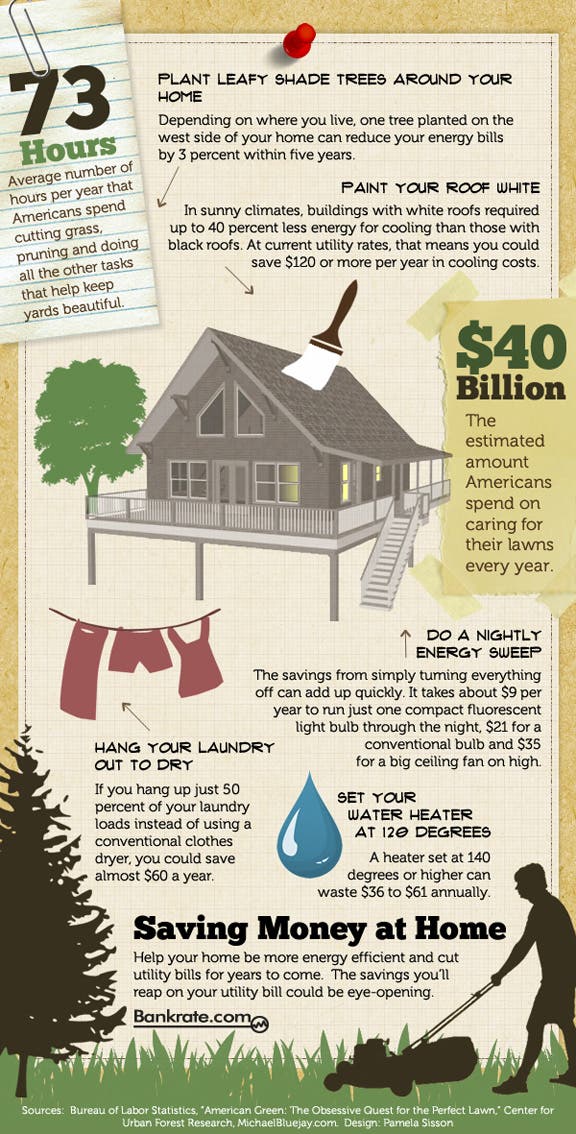Post-Tree Elimination Assistance: Just How To Effectively Restore Your Landscape
Post-Tree Elimination Assistance: Just How To Effectively Restore Your Landscape
Blog Article
Content Created By-Nunez Cho
After a tree's removal, your landscape might look fairly different, and it's essential to assess the aftermath carefully. https://lukasneukb.is-blog.com/41843781/maintain-your-outside-area-safe-and-visually-appealing-with-necessary-ideas-for-tree-particles-removal-discover-the-advantages-that-every-homeowner-must-be-notified-concerning 'll want to evaluate the dirt disruption and check surrounding plants for any indications of anxiety. Disregarding these variables can result in bigger problems down the line. So, what should you perform with those stumps and roots? And how do you select the very best plants for your revitalized room? Let's discover these essential steps.
Assessing the After-effects: Examining Your Landscape
After a tree removal, it's essential to analyze your landscape to comprehend the effect it has on your backyard.
Begin by checking out the location where the tree stood. Look for signs of soil disruption, and examine the surrounding plants for any anxiety or damage.
You should also keep in mind of exactly how the elimination has actually altered sunshine exposure and airflow in your yard. This shift can affect the development of nearby plants, so it's necessary to assess their health.
Take into consideration the aesthetic elements also; the removal may develop an open space that you can upgrade.
Ultimately, consider any potential disintegration issues that might emerge from the tree's absence. Attending to these variables early will aid bring back equilibrium to your landscape.
Taking care of Stumps and Origins: Options for Removal
As soon as you have actually evaluated the aftermath of the tree elimination, you'll likely require to tackle the stump and roots left behind.
https://www.bobvila.com/slideshow/the-outdoor-living-space-upgrades-that-are-totally-free-50004 have a few options for elimination. One efficient approach is stump grinding, where a professional uses an equipment to grind the stump down to below ground level. This technique leaves marginal disturbance to your landscape.
If you choose a do it yourself method, you can utilize a mix of digging and chemical stump eliminators. Just bear in mind, this process can take some time and effort.
Conversely, take into consideration leaving the stump as a natural attribute, which can serve as a distinct garden element or habitat for wildlife.
Whatever you choose, resolving the stump and origins is important for recovering your landscape.
Choosing the Right Plant Kingdoms for Your New Area
As you assess your newly removed area, selecting the right plants can dramatically enhance your landscape's appeal and capability.
Begin by thinking about the sunshine and soil conditions. For bright areas, go with drought-resistant plants like lavender or succulents. In shaded spots, ferns and hostas grow well.
Think about the dimension and development routines of your plants; mix perennials and annuals for seasonal selection. Do not neglect to incorporate native species; they need less upkeep and support neighborhood wildlife.
Team plants in odd numbers for an extra natural look and produce layers for visual depth.
Finally, guarantee you have a mix of shades and structures to keep your landscape vivid throughout the periods.
Satisfied growing!
Conclusion
Finally, recovering your landscape after tree removal is a gratifying process. By examining the aftermath, addressing stumps and roots, and choosing the right plants, you'll create a growing environment. Don't neglect to incorporate erosion control procedures to secure your soil. With a little initiative and care, you can change your space right into a dynamic yard that boosts your property. Embrace the opportunity to invigorate your landscape and delight in the beauty of nature right in your backyard!
